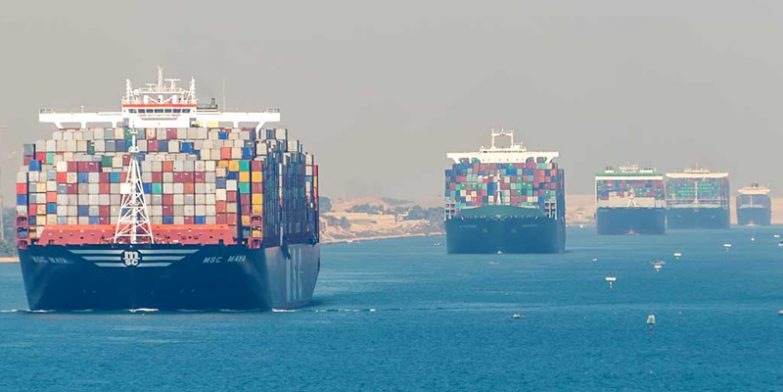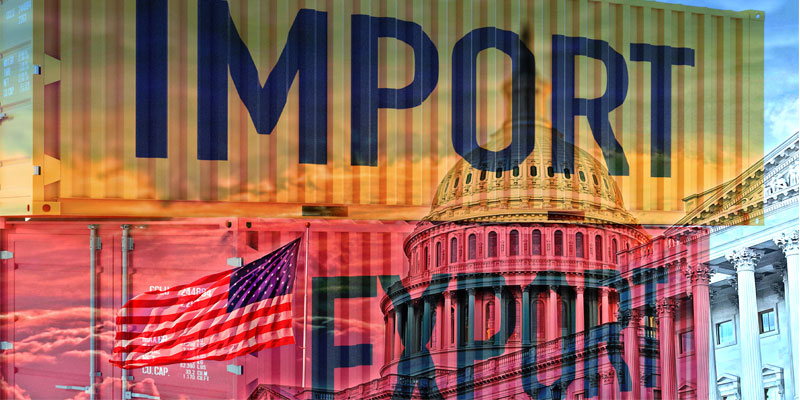
Container shipping lines remain cautious about returning to the Red Sea routing, with ongoing geopolitical instability and rising insurance costs prolonging diversions around southern Africa.
Despite the ceasefire in Gaza, continued threats to commercial vessels in the region, have made carriers reluctant to resume transits through the Suez Canal. The lack of an absolute Houthi ceasefire and reassurance that the security of vessels is guaranteed means container lines are not yet confident enough to restore their usual route from Asia.
The heightened security risks have led most ocean carriers to reroute around the Cape of Good Hope for more than a year, adding significant time and expense to Asia-Europe trade. These diversions have increased voyage durations by up to two weeks and contributed to a 17% rise in global TEU miles in 2024.
Security concerns and risk assessments
Shipping lines will base their decision to return to the Red Sea on multiple factors, including the implementation of sustainable ceasefires, individual risk assessments, and the stance of insurance providers. The ongoing volatility and geopolitical tensions mean confidence among shipping firms has yet to be restored.
The Bab al-Mandab Strait, a crucial maritime chokepoint at the southern end of the Red Sea, has been the focal point of attacks on commercial vessels. The sustained threat has prompted most operators to opt for the longer but safer route around Africa, leading to continued disruptions in global shipping schedules and sustained high freight rates.
Insurance costs a growing burden
The financial burden of insuring vessels transiting through the Red Sea has skyrocketed since the attacks began in late 2023. Previously, insurance costs for a one-way passage were approximately 0.05% of a ship’s value. This figure has now surged to around 1%, meaning a vessel valued at $100 million faces an insurance cost of $1 million per transit.
Protection and indemnity insurers remain cautious, with many underwriters reluctant to reduce premiums without significant changes in the security landscape. While shipping executives have refrained from discussing insurance challenges in detail, most have stated unequivocally that their fleets will only return to the Red Sea when they can be assured of safe passage for crew, cargo, and vessels.
One leading ocean carrier has emphasised that resuming Red Sea voyages hinges on eliminating the threat posed by hostile forces, either through a decline in their capabilities or a fundamental shift in their willingness to target commercial shipping. Until then, operators are expected to continue favouring the longer but safer route around Africa, prolonging disruptions to global supply chains.
Uncertainty, volatile rates, and logistical hurdles continue to challenge global shipping. Carriers and shippers must take decisive action to safeguard operations and manage risks effectively.
Our tailored solutions – marine insurance cover, fixed-rate agreements, and strategic risk mitigation – build cost effective and resilient supply chains.
EMAIL Andy Costara today to explore how we can support your business in overcoming your challenges.





